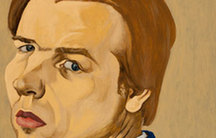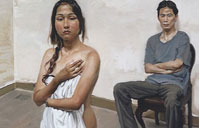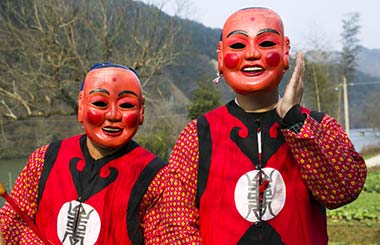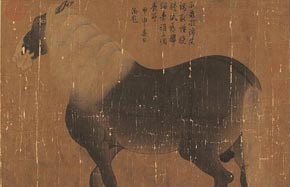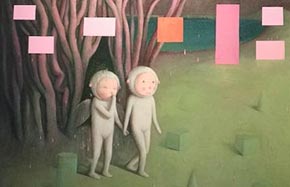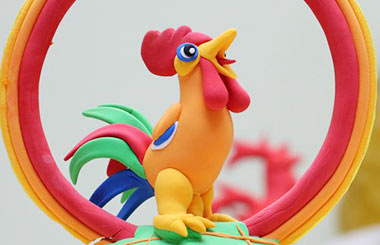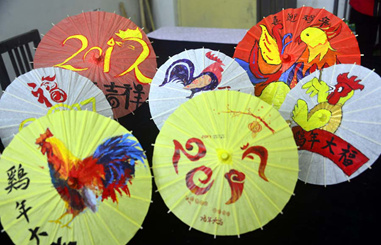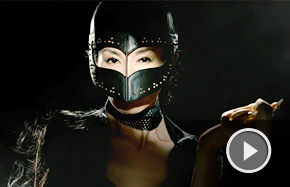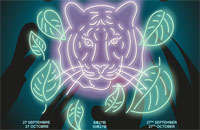Making it real
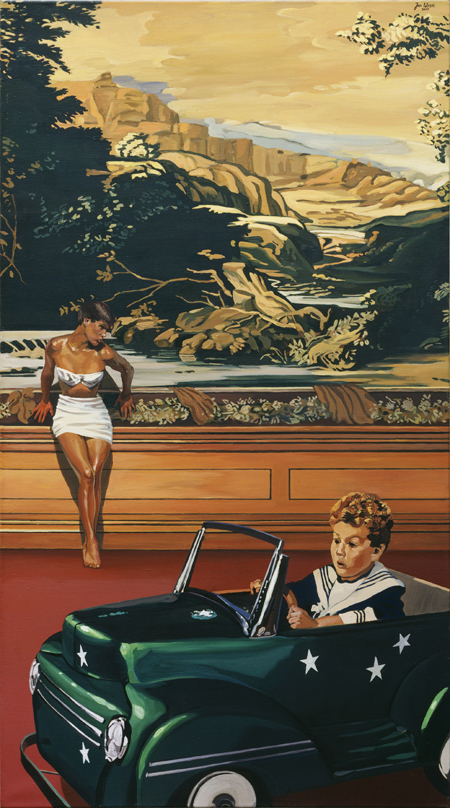 |
|
Zeus en Nemesis, by Jan Worst. Photo provided to China Daily |
"I don't know who I am, so I allow everything that comes out of my mind to become a painting," Akkerman explains. "When I die, all my paintings together form an entire Akkerman."
The Dutch painter always portrays himself in three-quarter profile, from either the right or the left side.
However, the use of colors, the dynamic of the lines and even the painting styles in Akkerman's works change significantly from piece to piece, as if they all come from different painters.
For example, one of the portraits created in 1985 is entirely composed of dots. Yet another one made last year features a barely recognizable man formed by curves.
The 56-year-old says he painted with the help of a mirror at first. But in recent years he has painted only from his imagination.
"These paintings are like a diary that records various feelings and moments. Therefore, I never destroyed the bad ones.
"I don't care about composition or perspective. I have an idea, and I paint it. It comes from the heart, not from the brain," he says.
But coming from the country which has bred the renowned Dutch school and the two greatest self-portrait painters - Rembrandt (1606-1669) and Van Gogh (1853-1890) - Akkerman sticks to methods passed down from the old masters.
For instance, he only paints on boards. And he uses Tempera.
"Akkerman's works are genuinely European. Some of the colors he uses would never be mixed by Chinese artists," Chen says.
Like Akkerman, Chinese artist Mao Yan has been portraying the same person for years. But his subject is Thomas, an overseas student from Luxemburg that he met in China in 1998.
"I'm portraying Thomas and I'm not portraying Thomas. The 10 portraits of his could be 10 different people. And even objects have the nature of a portrait," Mao explains.
Gray figures in his paintings are observed from odd angles, and haloed out of the background.
Related photos:
|
|
|
|




